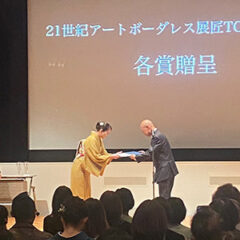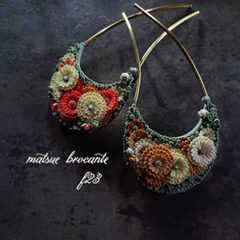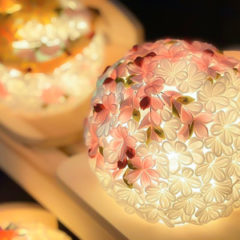
The famous Tsumami-zaiku artist will talk about their thoughts about Tsumami-zaiku.

Profile:
2018 – I started Tsumamizaiku.
2019 – I introduced tsumamizaiku at a Japanese cultural festival in Brunei organized by the Japanese Embassy.
2020 – I continued to introduce tsumamizaiku at the Japanese Embassy in Brunei.
Instagram: Instagram.com/miwateramoto

Q1. How did you start working on Tsumami-zaiku? (Or did you get involved?)
I started tsumamizaiku back in June 2018 in Brunei. During that time, I missed my home country Japan and wish to see Japanese seasonal flowers during my time in Brunei. I came across tsumamizaiku artwork and started to make my own flowery artwork to remind myself of the beautiful Japanese seasonal flowers.

Q2. What are your commitments to your work and what do you care about?
My commitment to tsumamizaiku artwork is able to share that attractive feeling towards tsumamizaiku and wanting others to feel impressed with Japanese cultural artwork through my tsumamizaiku.

Q3. What is the attractiveness of Tsumami-zaiku for you?
The attractiveness of tsumamizaiku for me is the ability to add that extra touch of uniqueness with hints of feelings such as nostalgic, beauty, elegance, humor, passion to natural flower through tsumamizaiku artwork.

Q4. What do you think about the future possibilities of Tsumami-zaiku?
The future possibilities of tsumamizaiku are the ability to blend with other country’s cultural set up such as traditional clothing, hair accessories to add that additional modest, warm feeling and appearance. Tsumamizaiku design can also suit naturally to any different cultural environment. I hope other countries can realize the beauty of tsumamizaiku artwork.

Q5. What do you want to make in the future?
In the future, I want to focus on the asymmetrical beauty of tsumamizaiku artwork and change the feeling appearance of flowers which are witted with fallen petals and worm-holed leaves with a touch of tsumamizaiku warm beauty.















